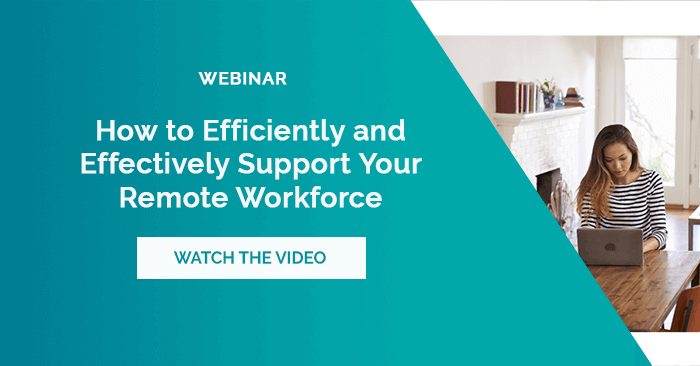These days, organisations need to work hard to attract and retain new employees.
Millennials are reaching out into all industries looking for the most competitive positions and the best salaries to go with them.
Employment hasn’t always worked this way, but younger generations who are now going into the workforce know they have the attractive skills needed to turn heads and land the job.
Organisations need employees with new and innovative skills to progress and remain relevant, ready to face modern challenges and grow with them.
How do you build a strong skill-based digital workforce and keep the innovators and digitally-minded players on your team?
With a tough task ahead, it can be easy for managers, CEOs and HR staff to (inadvertently) make mistakes when cultivating a strong workforce within the digital workplace.
Below are the 3 crucial mistakes to avoid, and what you need to be doing instead.

1. Not Identifying Jumping Off Points for a Digital Workforce
In order to build up the digital talent within your workforce, you need to understand what the organisation would benefit from and what needs to change.
This is particularly true with technology.
Organisations have had a bad habit of implementing new technology and truly understanding what employees need to be more productive in their roles.
Perhaps current staff are not as up-to-date with technology as they could be?
Consider training courses to get them up to speed and set an example of what software, hardware and tech processes they should know about to make the digital workforce a reality.
Maybe your staff are great with all things tech and tools, but they are spending too much time on menial or repetitive tasks.
Consider automation for tasks that take up a lot of your employee’s time; time they could be using to train in new digital areas.
Utilise your resources and organise training days through your company intranet or post training notebooks so employees can RSVP, give feedback and learn the skills they need at their own pace.
When hiring, extrapolate the value of a candidate by assessing their areas of study, their own thoughts and ideas about the company and their ability and willingness to enhance their digital skills on the job.
Millennials tend to be much more interested in gaining new digital skills or improving existing skills to serve a specialised purpose in an organisation.
Give them the tools and training needed for this and they will thrive from wherever they are working from that day.
New and existing employees can feature their skills and areas of expertise on their individual profiles within an intranet.
2. Not Putting Digital Leadership First
One of the biggest mistakes organisations make is onboarding a new team or multiple teams of tech and digital process-savvy employees, while managers and CEOs themselves still have no idea of the digital aspects of their own company.
Ideally, higher ups should be involved in the physical and digital culture of the organisation.
The digital side could involve being active on intranet channels, sharing insightful content with the organisation and creating company events.
All of this is to remind employees their bosses are digitally active, so they should be too.
You may not be doing the work, but it’s important to understand how employees are operating in order to stay relevant and knowledgeable in your field.
Understand how and where the workforce is changing to be more digitally focused, how you can help it to move forward and how you can keep up along the way.
3. Not Providing Incentives
According to a World Economic Forum survey, millennial job seekers are looking for career advancement, a sense of company culture and training and development opportunities from their employers.
However, organisations are often guilty if focusing solely on the monetary benefits.
Retain skilled employees simply by offering them what they want: A digital environment that offers a place to thrive, learn and be part of a professional and successful culture is key to attracting new talent and more importantly, keeping them once they are there.
Employees who are bored or aren’t being given opportunities aligned with their desire to improve and learn new skills are more likely to leave that job in favour of one that values the needs of the employee.
Show your employees they are integral to the workforce by offering transparency about the changing nature of an organisation as more digital processes and ideas come into place.
A simple example of this is making a digital workforce strategy and plan available for everyone to see across the intranet.
This could be a simple document or infographic outlining phases of change on the way to becoming a successful digital workforce.
Provide weekly or monthly commentary on how the organisation is doing, what skills need to be increased, and what the end goal of the digital plan is (becoming more visible to online clients? Building a bigger and better online brand?).
Another example is allowing for flexible working arrangements if possible. having a remote employee workforce and managing them effectively has been shown to increase employee's satisfaction with their role.
According to the The 2020 State of Remote Work by Buffer, 98% of people would like to work from home, at least some of the time, for the rest of their careers.
Now you know what the 3 crucial digital workforce mistakes are, make sure you keep them in mind when developing your workforce.
The traditional workforce is changing rapidly and prospective employees with highly valuable digital and innovative skills are out there looking for the right company culture, the most transparent leadership and the best incentives to share their skills.
Organisations no longer need to fit the mold, but should change internally and make that change known in order to interest new talent.
Further reading/watching
